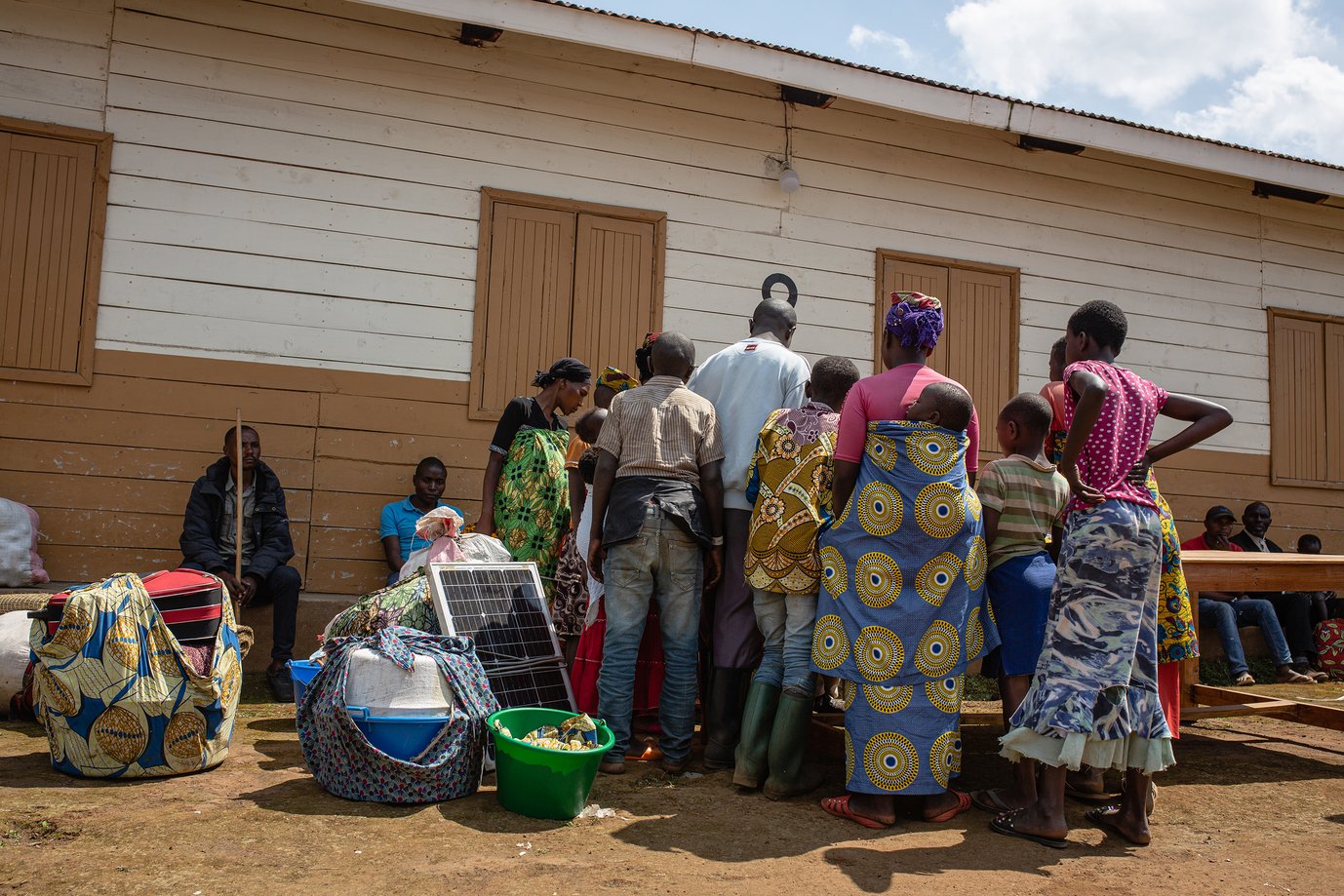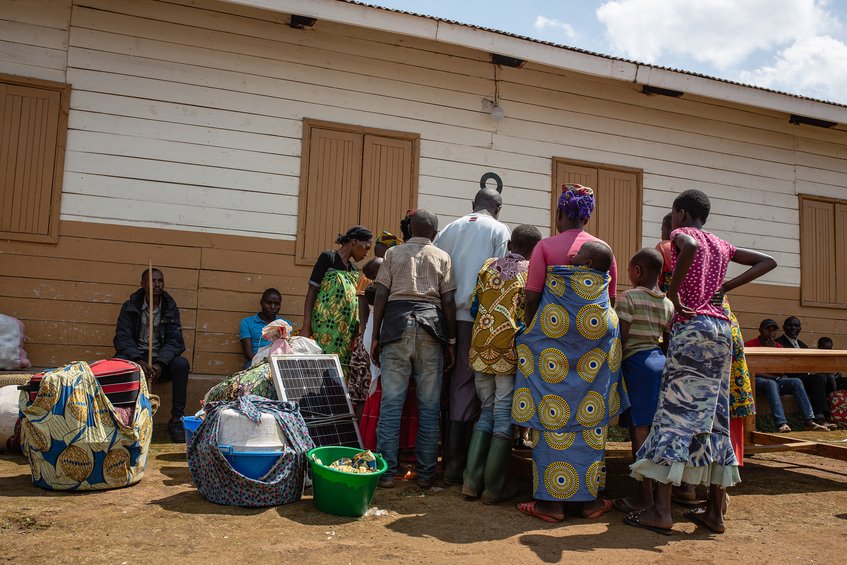Lessons Europe can learn from Uganda
Humanitarian crises can happen anytime at any border. Whereas Europe protects its territory with security forces in heavy armour, more than 11,000 people crossed Uganda’s borders on one day. Sophie Nakueira explains how the country balances the protection of its territorial integrity and of human rights.
A border screening procedure might be a basis for Europe’s answer to surges in migration movements. Luc Leboeuf, scientific coordinator of the VULNER project, discusses its potential. Winfried Kluth, leader of the German team, suggests a paradigm shift on the question of how the EU and the international community handle migration.

There are two major surges in migration movements going on at the moment: one in the global south, at the border between the Democratic Republic of Congo (DRC) and Uganda where more than 11,000 people have crossed the border in a single day; the other in the global north at the border between Belarus and Poland. These two humanitarian crises are at once similar and different. They are different in the movements’ nature, context and media coverage.
Current events at the Polish border with Belarus have dominated recent news. Migrants are being used as pawns in a political conflict between Belarus and the EU. These migrants are reported to have been lured to the border of Poland, where they are bearing harsh weather conditions in the hopes of crossing into Europe, while the Congolese migrants in Uganda are fleeing a conflict in the neighbouring DRC.
However, both crises concern people in need of humanitarian protection. Yet, unlike Uganda, the EU’s response has been to protect its borders from a so-called migrant ‘invasion’, through the heavy deployment of border guards. Images of families in scanty make-shift shelters juxtaposed with security forces in heavy armour conjure up visions of a country about thwart off an imminent threat. This threat escalated to the point where migrants threw stones at the guards, with the latter using tear gas and water cannons to push them back.
This offers yet another demonstration of how Europe has mainly conceptualized migration. The focus on the protection of borders versus the protection of human beings seems to be the approach that Europe is taking. While the protection of the territorial integrity of the EU is important, it obscures international obligations under the 1951 Geneva Convention and other human rights instruments.
How to uphold the rights of people on the move whilst maintaining the security of EU borders has been a continuous debate, which has divided human rights activists and nationalists or territorial protectionists. Human rights activists focus on the urgency of saving lives and protecting migrants’ rights, while those wishing to restrict migration movements cite the need to follow legal or formal procedures.
This is where Uganda could offer important lessons. Although Uganda’s borders are officially closed to migrants due to the current pandemic, Uganda has continued to lead by example by putting the right to asylum first. In 2020, Uganda temporarily opened its borders to those who were fleeing ethnic conflict in DRC to enter Zombo district and processed them by prioritizing the most vulnerable among them. This is the second time that Uganda is suspending the border closure in order to offer protection to those fleeing the ongoing conflict in DRC.
These asylum seekers are being screened for Covid-19 and measures are in place to identify those who need emergency interventions. UNHCR and the Office of the Prime Minister, which is the Uganda government department in charge of refugee protection, are leading the operation with assistance from local authorities. Asylum seekers are being attended to in the districts near the borders.
Current measures for assessing and identifying vulnerable asylum seekers are being implemented. These measures of protecting the most vulnerable are echoed in my VULNER report on Uganda, which shows how Uganda implements humanitarian protection through a whole of society approach that involves and coordinates the actions of multiple local actors and international aid agencies. Resource challenges persist. They have been recently reiterated by urgent call for funds by UNHCR, which is concerned that the country’s humanitarian infrastructure might soon be overwhelmed. But the lesson from Uganda for Europe is profound.
That Uganda continues to honour its international obligations by protecting and priotising the rights of the most vulnerable at a time when other countries have shelved their responsibility is a lesson that Europe can learn from Uganda. Both examples are a reminder that humanitarian crises can emerge anytime at any border, and that there is a need to put systems in place to protect those in need of urgent protection. If a resource-strapped country, such as Uganda, can make humanitarian protection a priority, so can the EU.
